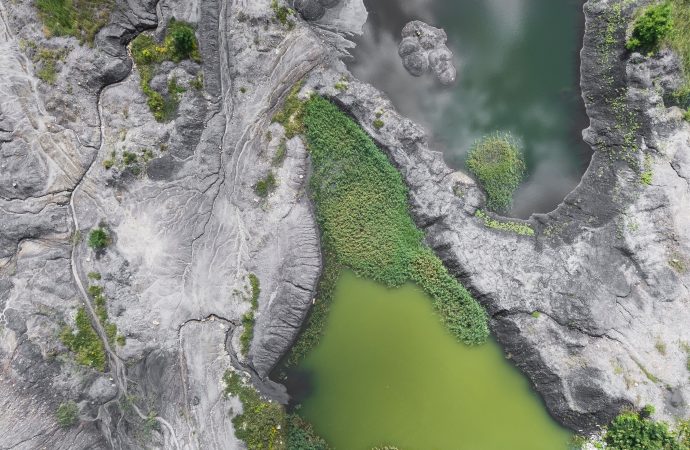Introduction: The concept of the Anthropocene era suggests that Earth has entered a new geological epoch primarily influenced by human activities. This article explores the mounting evidence supporting this theory and delves into the significant implications it holds for our planet’s future. Key Indicators of Human Influence Human-Altered Landscapes: The transformation of Earth’s landscapes through
Introduction: The concept of the Anthropocene era suggests that Earth has entered a new geological epoch primarily influenced by human activities. This article explores the mounting evidence supporting this theory and delves into the significant implications it holds for our planet’s future.
Key Indicators of Human Influence
- Human-Altered Landscapes: The transformation of Earth’s landscapes through urbanization, deforestation, and industrial agriculture serves as a prominent indicator of our impact. Vast expanses of concrete jungles, cleared forests, and monoculture crops alter ecosystems and disrupt natural processes.
- Climate Change: Anthropogenic greenhouse gas emissions, particularly carbon dioxide from burning fossil fuels, have caused unprecedented global warming. The consequences, such as rising temperatures, melting ice caps, and extreme weather events, highlight the magnitude of human influence on the Earth’s climate system.
- Biodiversity Loss: Human activities, including habitat destruction, pollution, and overexploitation, have triggered a staggering loss of biodiversity. Mass extinctions, shrinking wildlife populations, and disrupted ecological balances serve as grim reminders of our ecological footprint.
Scientific Methods for Establishing the Anthropocene
- Stratigraphy and Geological Evidence: Geologists analyze sediment layers, ice cores, and geological formations to identify distinctive markers of human influence. These include spikes in the presence of synthetic materials, radioactive isotopes, and pollutants that leave an indelible imprint in Earth’s geological records.
- Historical and Archaeological Records: Historical and archaeological data provide valuable insights into past human civilizations and their environmental impact. Examination of ancient settlements, artifacts, and written records helps establish a timeline of human-induced changes on Earth.
- Technological Advances: With advancements in remote sensing, satellite imagery, and computer modeling, scientists can observe and measure global phenomena at unprecedented scales. These tools assist in quantifying human activities and their environmental consequences.
Implications and Challenges Ahead
- Urgent Need for Action: Acknowledging the Anthropocene era emphasizes the urgency of taking decisive action to mitigate further ecological damage. It calls for adopting sustainable practices, reducing carbon emissions, and preserving biodiversity to ensure a more balanced future for our planet.
- Shaping a Sustainable Society: The Anthropocene era challenges us to reshape our relationship with nature and develop sustainable technologies and systems. This includes transitioning to renewable energy sources, promoting circular economies, and implementing responsible resource management.
- Overcoming Political and Socioeconomic Barriers: Addressing the challenges of the Anthropocene requires global cooperation, policy reforms, and collective action. Overcoming political and socioeconomic barriers is crucial to fostering sustainable development and mitigating the adverse effects of human activities.
Conclusion: As scientific evidence mounts, the theory of Earth’s entry into the Anthropocene era gains credibility. Recognizing our influence on the planet serves as a wake-up call to protect and restore Earth’s ecosystems for future generations. Embracing sustainable practices and nurturing a harmonious relationship with nature are essential for a thriving Anthropocene future.
























Leave a Comment
Your email address will not be published. Required fields are marked with *